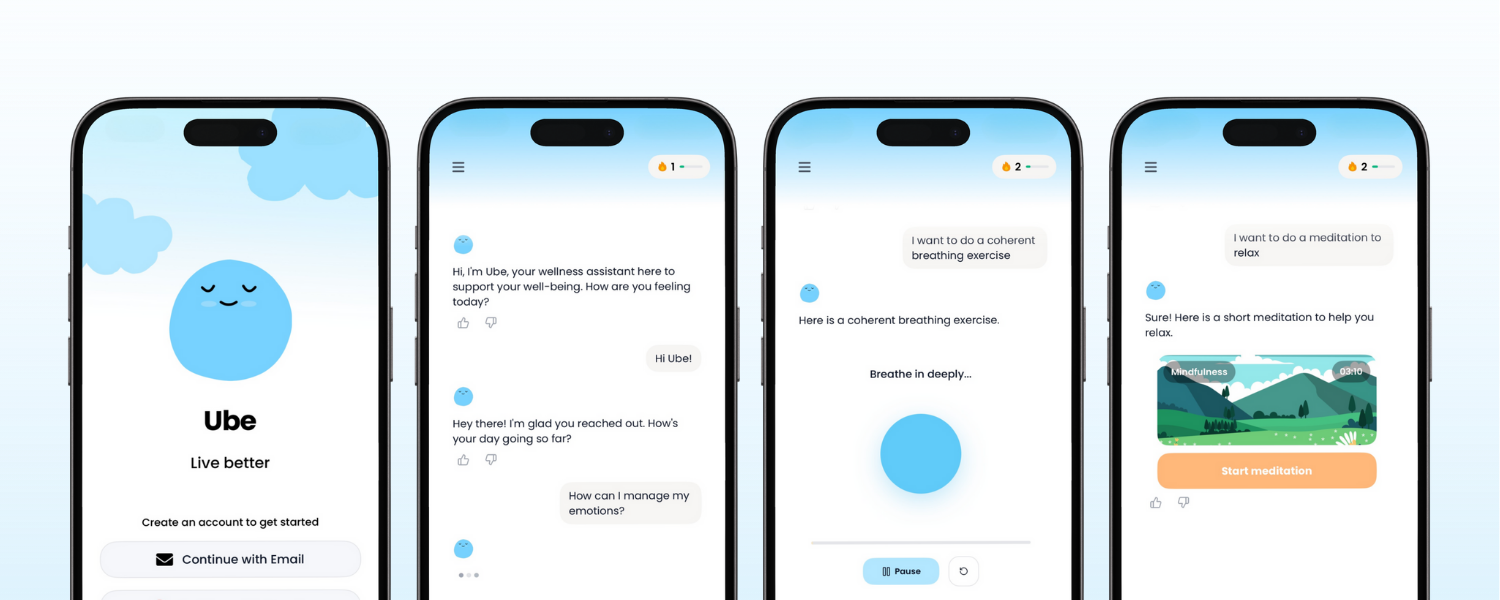Maybe you tried sitting still and your thoughts sprinted off. If you are wondering how to meditate for beginners, you do not need incense, silence, or perfect posture. You need a small container of time, a kind anchor for attention, and the willingness to start again when you wander. Meditation is not about stopping thoughts. It is training attention, then returning to it with less drama.
Here is what this guide covers. You will learn why meditation helps even on messy days, how to set up a short practice that you can keep, what to do with restlessness and big feelings, and how to notice progress without turning meditation into another performance. You will leave with a five minute script, plus realistic tweaks that make a daily rhythm easier to maintain.

Why meditation works for a busy beginner?
If your life is busy, your nervous system is often on alert. Meditation gives you a repeatable cue that tells your brain it can shift from doing to being. Research suggests regular practice supports attention regulation and emotion balance, which can help with anxiety and mood. The NCCIH at NIH summarizes evidence that mindfulness practices may reduce stress and improve sleep, especially when combined with consistent practice.
Think of meditation like strength training for attention. Each time you notice distraction and come back to your breath, you complete one small rep of awareness. That rep reinforces the circuit for focus and patience. For anyone seeking how to meditate for beginners, the goal is not to feel calm right away. The goal is to practice returning, kindly, until returning becomes familiar.
How to set up a simple practice you will keep?
Start where you cannot fail. Pick a time that already exists in your routine, such as right after coffee or before opening email. Sit on a chair with both feet grounded, hands resting lightly, eyes closed or soft. Set a two to five minute timer. When the timer rings, stand up and continue your day. The simplicity matters because consistency beats intensity when you are learning how to meditate for beginners.
A useful anchor is the breath at the nostrils or the rise and fall in your belly. Label it silently as “in” and “out.” When thoughts show up, mark them gently as “thinking,” then return. That tiny label helps you avoid arguing with yourself. If you feel drowsy, open your eyes a little and sit a touch taller. If you feel agitated, lengthen your exhale. This is adaptive practice, not discipline theater.
A 5 minute script to try today
Sit comfortably and notice where your body meets support. Soften your jaw and shoulders. Feel one natural inhale, then one natural exhale. Count five breaths, then let go of counting and rest attention on the sensation of breathing. If you drift, say “thinking,” and return. For the final thirty seconds, widen attention to include sounds, contact, and breath together. End with a quiet thanks to yourself for showing up. This micro-session checks all the boxes for how to meditate for beginners without overreaching.
What to do with thoughts, emotions, and restlessness?
You will have busy thought streams. The move is to normalize wandering and shorten the time between noticing and returning. Treat the breath like a friend holding the door. Big emotions need space too. If anxiety spikes, shift to a hand on heart or belly and feel the warmth and pressure. If restlessness surges, allow three slow exhales, then continue. This is not avoidance. It is regulation first, insight second.
On tough days, try a body scan. Start at the crown of the head and move attention down to the toes, noticing temperature, pressure, or tingling. You are not fixing anything. You are training presence. The American Psychological Association notes that mindfulness can support emotion regulation and reduce reactivity when practiced regularly, which is encouraging for anyone exploring how to meditate for beginners (APA).
Measuring progress without turning it into a test
Progress in meditation is quieter than most goals. Look for lagging indicators like fewer snap reactions, easier transitions, or quicker recovery after stress. Short, consistent sessions tend to beat occasional long ones. Keep a tiny log with three fields: minutes sat, what helped, what got in the way. This light touch reflects the heart of how to meditate for beginners without inviting perfectionism.
If motivation dips, refresh your anchor. Try noticing the coolness of breath at the tip of your nose, or listen to ambient sounds as your focus. Guided audios can help on low-energy days. Treat missed days like a page turn, not a failure. You are practicing returning, not building a streak. Over weeks, the practice often seeps into daily life. You might find yourself taking one conscious breath before a hard conversation or closing your eyes for ten seconds between tasks.
Taking it forward with care
Start small, stay kind, and adjust as you learn. If five minutes feels heavy, sit for two. If sitting is uncomfortable, meditate lying down with knees supported and attention on breath or sound. If your mind is racing, try open eyes with a soft downward gaze. The heart of how to meditate for beginners is curiosity and repetition. You are building a habit that meets you where you are.
If you would like company, Ube can offer gentle check-ins, remind you at your chosen time, and suggest tweaks based on how sessions feel. Think of it as a supportive friend who remembers your wins and nudges you back when life pulls you away. Take a breath now, set a two minute timer, and begin. Your future self will thank you for showing up today.
